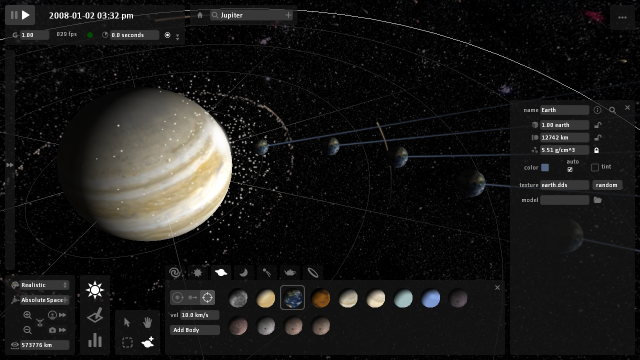Impacting a Comet
More than 5 years ago on July 4, 2005, NASA crashed a 370 kg (815 lb) copper mass into the comet Tempel 1.
This impact kicked up more dust than expected and prevented the host spacecraft, Deep Impact, from getting a good photograph of the resulting crater.
Now more than 5 years later, another spacecraft, Stardust , has taken a photo of the impact site.
Before impact is on the left. After impact is on the right.
I have to say I’m disappointed by the result. The right photo appears blurry because it’s taken from much further away than the composite on the left and the crater isn’t very obvious even with the yellow arrows pointing it out.
What is amazing is that humans impacted a comet, then flew by it again with another spacecraft years later to take a follow up photo. Even thought the image isn’t as visually impressive as what one might expect from a collision, there’s lots for scientists to learn from it and what happens when you slam something into a comet at 10 km/s (about 1/3 the speed the Earth travels around the Sun).
You can learn more about the impact from Bad Astronomy’s analysis of this event and their follow up post.
In Universe Sandbox you can slam moons into the Earth, Earths into Jupiters, or Jupiters into Sun to your hearts content.
Launch Earth at Jupiter
- Download & Install Universe Sandbox (it’s free and includes a 60 minute trial of all the premium features, including the add and launch tools)
You may want to run through the short tutorial to get a feel for how to navigate in the simulator. - Open the Jupiter & Moons simulation.
- Select the Add Tool (the Saturn icon with the +) and then select the Earth icon.
- Select the Launch tool (looks like a crosshair) and click on Jupiter to launch Earth at it.
- Keep clicking to launch more than one.





about 13 years ago
I was also disappointed by the resulting photo, and I never could figure out where the new crater exactly was.